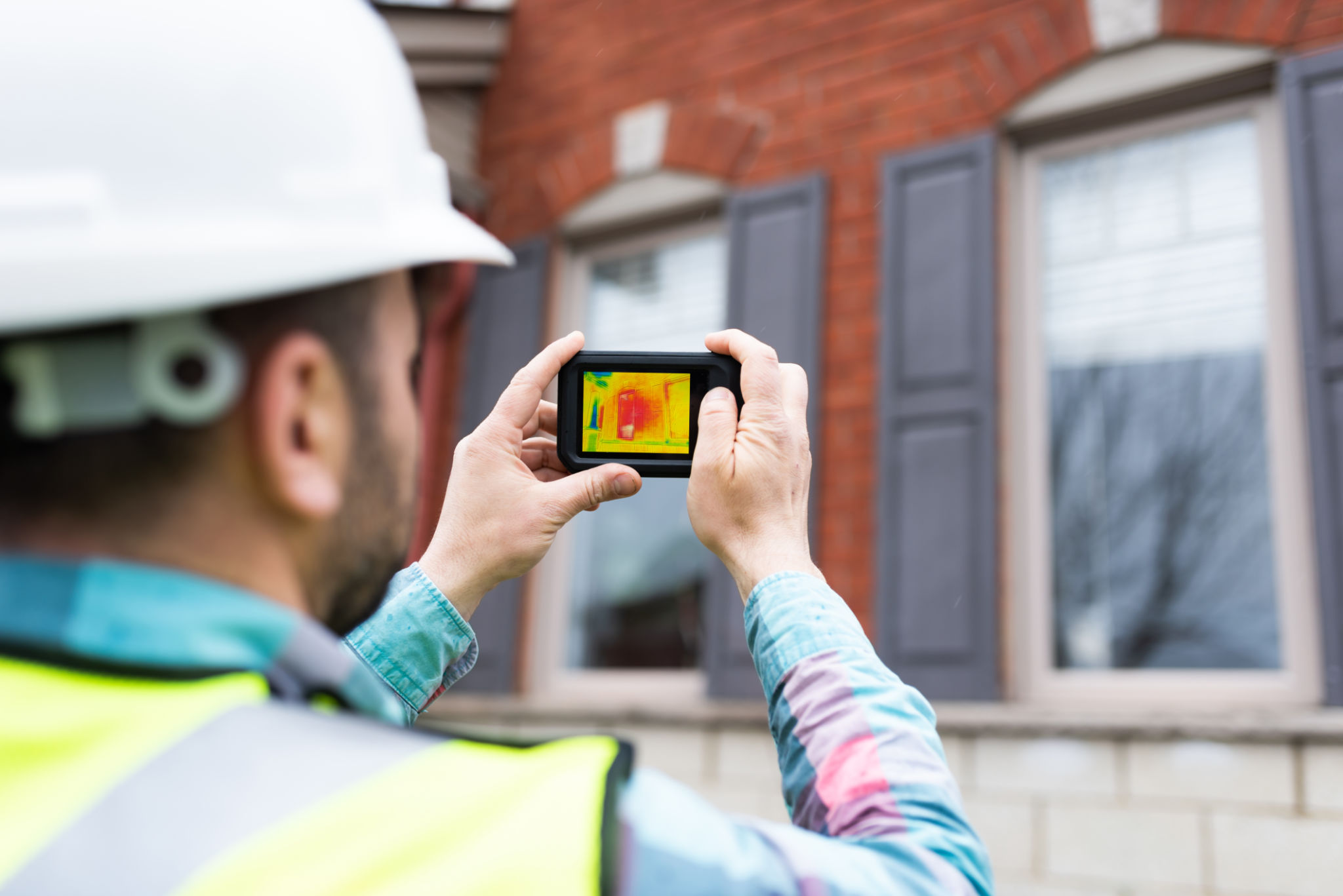Energy-Saving Innovations in Commercial Buildings
Introduction to Energy-Saving Innovations
As businesses strive to reduce their carbon footprint and operational costs, energy-saving innovations in commercial buildings have become more critical than ever. These innovations are not only pivotal in combating climate change but also in enhancing a company's bottom line. In this blog post, we will explore several groundbreaking technologies and strategies that are transforming the landscape of commercial building management.
Smart Building Technology
One of the most promising advancements in energy efficiency is smart building technology. By integrating IoT devices and smart sensors, building managers can monitor and control energy usage more precisely. These systems can automatically adjust lighting, heating, and cooling based on occupancy, leading to significant energy savings.

LED Lighting Solutions
Switching to LED lighting is another effective strategy for reducing energy consumption in commercial spaces. LEDs use significantly less energy compared to traditional lighting options and have a longer lifespan, which means fewer replacements and reduced maintenance costs. Moreover, they provide better illumination quality, enhancing the workplace environment.
Companies can further optimize energy usage by incorporating motion sensors and daylight harvesting systems that adjust lighting based on natural light availability and occupancy. This approach ensures that lights are used only when necessary, maximizing energy efficiency.
Advanced HVAC Systems
Heating, ventilation, and air conditioning (HVAC) systems are major energy consumers in commercial buildings. Upgrading to advanced HVAC technology can result in substantial energy savings. Modern systems offer features such as variable speed drives, demand-controlled ventilation, and energy recovery ventilators that improve efficiency.

Regular maintenance and monitoring of HVAC systems also play a crucial role in ensuring optimal performance. Implementing predictive maintenance through smart sensors can prevent unexpected breakdowns and ensure that systems operate efficiently at all times.
Building Envelope Improvements
Improving the building envelope is another way to enhance energy efficiency. This includes upgrading insulation, implementing energy-efficient windows, and sealing air leaks. A well-insulated building reduces the need for excessive heating or cooling, thereby lowering energy consumption.
Energy-efficient windows with low-emissivity coatings can significantly reduce heat loss during winter and minimize heat gain during summer. This not only enhances occupant comfort but also reduces reliance on HVAC systems.

Renewable Energy Integration
Integrating renewable energy sources into commercial buildings is becoming increasingly popular. Solar panels, wind turbines, and geothermal systems can provide clean, sustainable energy to offset traditional energy consumption. Many businesses are taking advantage of government incentives and tax credits to invest in these technologies.
By generating their own renewable energy, companies can reduce their dependence on fossil fuels and decrease their overall carbon emissions, contributing positively to environmental sustainability.
Energy Management Systems
Energy management systems (EMS) are essential tools for optimizing energy use in commercial buildings. These systems provide real-time data on energy consumption, enabling facility managers to identify inefficiencies and implement corrective measures swiftly. EMS can also automate energy-saving protocols, ensuring consistent performance without manual intervention.
The integration of artificial intelligence into EMS allows for predictive analytics that can forecast energy needs and adjust usage patterns accordingly, further enhancing energy efficiency.
Conclusion: A Path Towards Sustainability
Energy-saving innovations in commercial buildings are crucial for achieving sustainability goals while reducing operational costs. By adopting smart technologies, efficient lighting solutions, advanced HVAC systems, and renewable energy sources, businesses can significantly cut down their energy consumption. As these innovations continue to evolve, they will play an even more vital role in shaping a sustainable future for commercial real estate.
